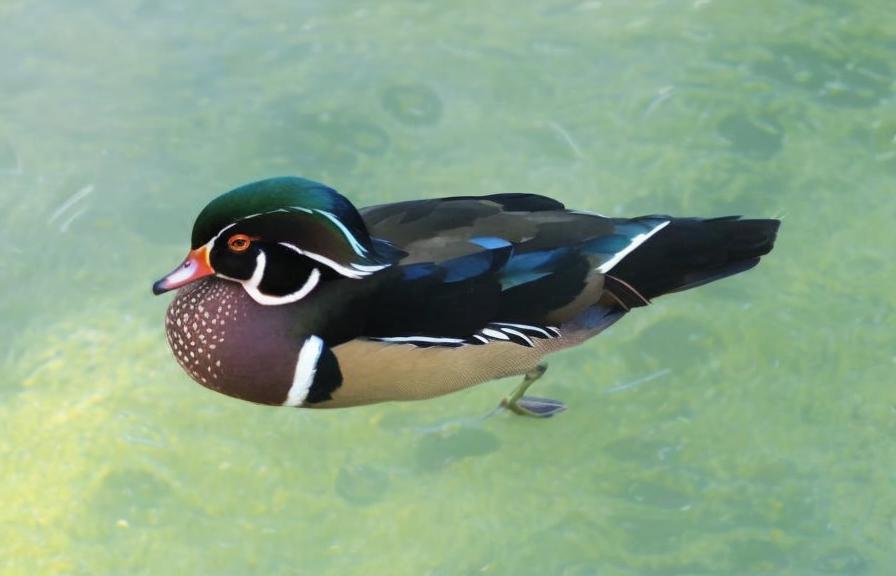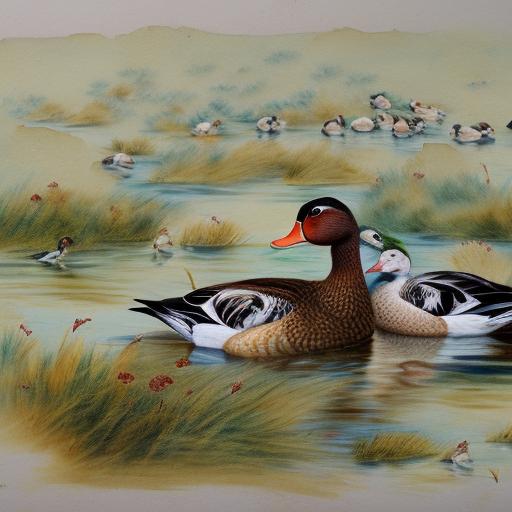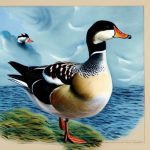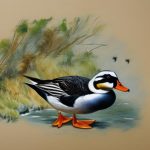Ducks are a popular choice for poultry enthusiasts due to their charming personalities, low maintenance, and ability to lay eggs. There are numerous duck breeds to choose from, each with its own unique characteristics and traits. Whether you’re looking for a duck breed for egg production, meat, or simply as a delightful addition to your backyard, there’s a breed out there that’s perfect for you. Understanding the different duck breeds and their specific qualities is essential in choosing the right one for your needs. In this article, we’ll explore the common and rare duck breeds, their characteristics, and how to care for them, so you can make an informed decision when selecting the perfect duck breed for your flock.
Key Takeaways
- There are many different duck breeds, each with their own unique characteristics and traits.
- Common duck breeds include the Pekin, Mallard, and Khaki Campbell, known for their popularity and versatility.
- Rare duck breeds such as the Silver Appleyard and Saxony are less common but valued for their unique appearances and qualities.
- Duck breeds vary in size, color, egg production, and temperament, making it important to consider these factors when choosing the right breed for your needs.
- Caring for different duck breeds involves providing proper housing, nutrition, and healthcare tailored to their specific needs and behaviors.
Common Duck Breeds
1. Pekin Ducks: Pekin ducks are one of the most popular duck breeds in the United States. They are known for their large size, white feathers, and friendly disposition. Pekins are excellent egg layers, producing around 200-300 eggs per year. They are also valued for their tender meat, making them a popular choice for meat production. Pekin ducks are easy to care for and are well-suited for backyard flocks.
2. Mallard Ducks: Mallard ducks are the most recognizable wild duck species, but they are also domesticated for backyard flocks. They are known for their beautiful iridescent green heads and striking coloration. Mallards are excellent foragers and can be raised for both eggs and meat. They are also known for their adaptability and hardiness, making them a great choice for beginners.
Rare Duck Breeds
1. Silver Appleyard Ducks: The Silver Appleyard is a rare breed that originated in England. They are known for their stunning silver and white plumage, as well as their friendly and docile nature. Silver Appleyards are excellent egg layers, producing around 220-265 eggs per year. They are also valued for their flavorful meat and make a beautiful addition to any backyard flock.
2. Saxony Ducks: Saxony ducks are a rare breed that originated in Germany. They are known for their striking plumage, which consists of a unique combination of silver, blue, and brown coloring. Saxony ducks are excellent layers, producing around 200-240 eggs per year. They are also valued for their calm and friendly temperament, making them a great choice for families with children.
Characteristics of Duck Breeds
When it comes to choosing the right duck breed for your flock, it’s important to consider the specific characteristics of each breed. Different duck breeds have varying sizes, egg production rates, meat quality, and temperaments. For example, Pekin ducks are known for their large size and excellent meat production, while Mallard ducks are valued for their adaptability and hardiness. Understanding these characteristics can help you make an informed decision when selecting the perfect duck breed for your needs.
In addition to physical characteristics, it’s also important to consider the temperament of different duck breeds. Some breeds, such as Silver Appleyards and Saxony ducks, are known for their friendly and docile nature, making them great choices for families with children. Other breeds, such as Indian Runners, are known for their active and curious personalities. By understanding the specific characteristics of each duck breed, you can choose a breed that aligns with your preferences and needs.
Choosing the Right Duck Breed
When it comes to choosing the right duck breed for your flock, there are several factors to consider. First and foremost, it’s important to think about your primary purpose for raising ducks. Are you looking for a breed that excels in egg production, meat quality, or simply as a charming addition to your backyard? Understanding your goals will help you narrow down the options and select a breed that aligns with your needs.
Another important factor to consider is the climate and environment in which you live. Some duck breeds are better suited to cold climates, while others thrive in warmer environments. It’s essential to choose a breed that can adapt to the weather conditions in your area to ensure their health and well-being.
Additionally, consider the space available for your ducks. Some breeds require more room to roam and forage, while others can thrive in smaller backyard settings. By considering these factors, you can make an informed decision when choosing the right duck breed for your flock.
Caring for Different Duck Breeds

Caring for different duck breeds involves providing proper housing, nutrition, and healthcare to ensure their well-being. When it comes to housing, it’s important to provide adequate shelter that protects ducks from predators and harsh weather conditions. Additionally, ducks require access to water for swimming and bathing, as well as space to forage and exercise.
Nutrition is another essential aspect of caring for different duck breeds. Ducks require a balanced diet that includes commercial feed, fresh water, and access to greens and insects for optimal health. It’s important to provide appropriate nutrition based on the specific needs of each breed, whether they are raised for egg production or meat.
Finally, healthcare is crucial in caring for different duck breeds. Regular veterinary check-ups, vaccinations, and parasite control are essential to prevent diseases and ensure the overall health of your flock. By providing proper housing, nutrition, and healthcare, you can ensure the well-being of your ducks and help them thrive in your care.
Finding the Perfect Duck Breed
In conclusion, choosing the perfect duck breed involves understanding the specific characteristics, traits, and needs of each breed. Whether you’re looking for a common breed like Pekin or Mallard ducks or prefer a rare breed like Silver Appleyard or Saxony ducks, there’s a breed out there that’s perfect for you. By considering factors such as purpose, climate, space, and care requirements, you can make an informed decision when selecting the right duck breed for your flock. With proper care and attention, your chosen duck breed will bring joy and fulfillment to your backyard flock for years to come.
If you’re interested in learning more about different duck breeds and how to care for them, you might also want to check out Poultry Wizard’s article on the importance of the floor of a chicken coop. Understanding the best flooring options for your coop can help ensure the health and well-being of your ducks and chickens. You can read the full article here.
FAQs
What are the different duck breeds included in the duck breeds chart?
The duck breeds chart includes various popular duck breeds such as Pekin, Mallard, Rouen, Khaki Campbell, Indian Runner, and Muscovy.
What information is typically included in a duck breeds chart?
A duck breeds chart typically includes information about the breed’s size, weight, egg production, temperament, and special characteristics.
How can a duck breeds chart be helpful for duck enthusiasts?
A duck breeds chart can be helpful for duck enthusiasts as it provides a quick reference guide to compare different duck breeds and their specific characteristics, allowing them to make informed decisions when choosing a breed for their needs.
Where can I find a duck breeds chart?
Duck breeds charts can be found in poultry and waterfowl breed guides, online resources, and agricultural publications. They are also available on websites and forums dedicated to duck breeding and keeping.
Are there specific considerations to keep in mind when using a duck breeds chart?
When using a duck breeds chart, it’s important to consider the specific needs and requirements of the breed, such as climate tolerance, space requirements, and dietary needs, to ensure the well-being of the ducks.
Meet Walter, the feathered-friend fanatic of Florida! Nestled in the sunshine state, Walter struts through life with his feathered companions, clucking his way to happiness. With a coop that’s fancier than a five-star hotel, he’s the Don Juan of the chicken world. When he’s not teaching his hens to do the cha-cha, you’ll find him in a heated debate with his prized rooster, Sir Clucks-a-Lot. Walter’s poultry passion is no yolk; he’s the sunny-side-up guy you never knew you needed in your flock of friends!







